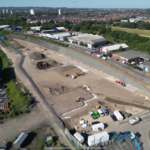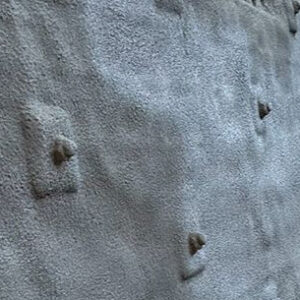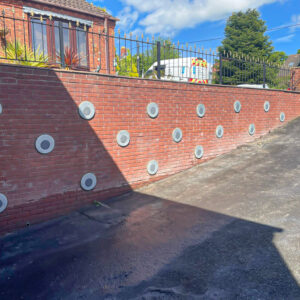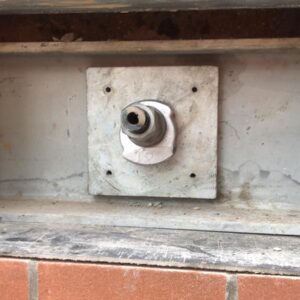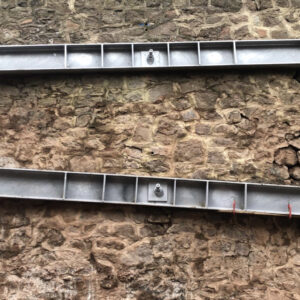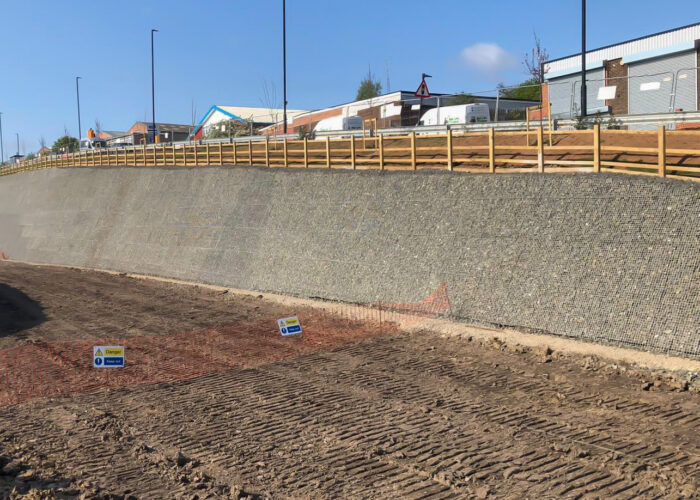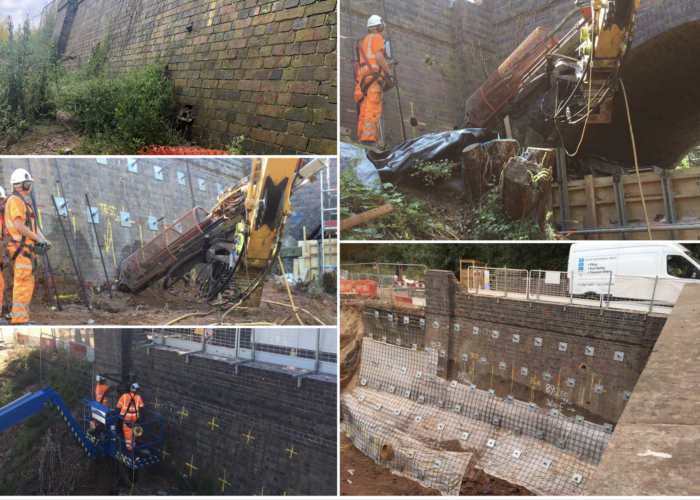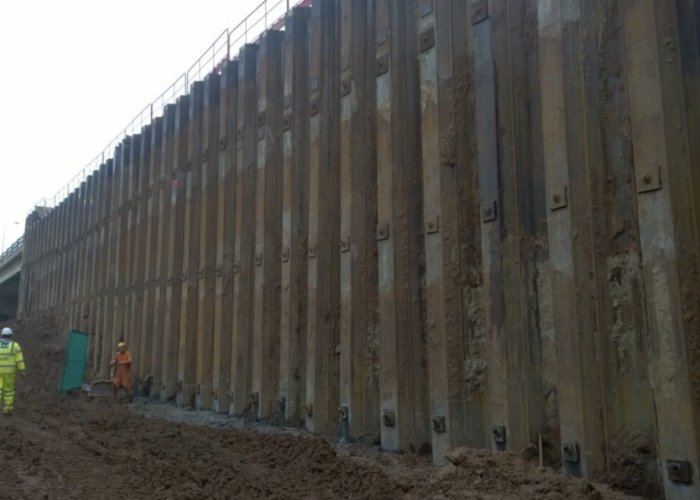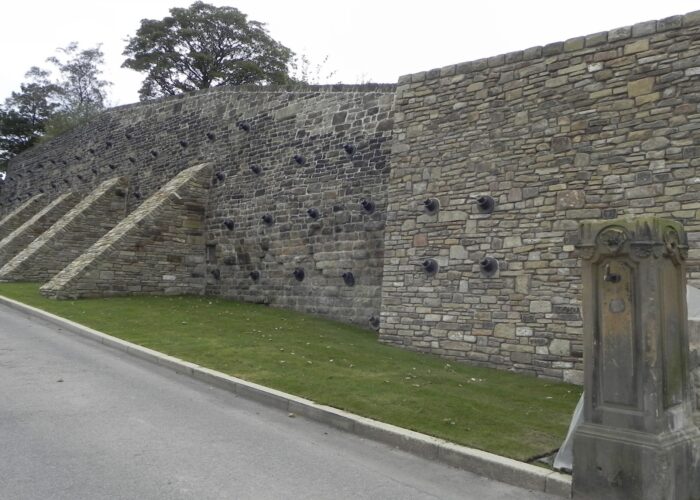Soil-Nail UK: Redefining Standards in Soil Nailing Excellence
What Are Soil Nails?
Soil nails are long, slender reinforcing bars that are inserted into pre-drilled holes in the ground and grouted in place. This technique is used to stabilise slopes, excavations, and retaining walls by reinforcing the existing soil, creating a composite structure that resists movement and deformation.
How Soil Nailing Works
1. Excavation: The process begins with the excavation of the slope or wall face, typically in stages.
2. Drilling: Holes are drilled into the exposed face at specific intervals and angles.
3. Insertion: Steel bars, often tension-resisting, are inserted into the holes.
4. Grouting: The bars are secured in place with cement grout, ensuring a strong bond with the surrounding soil.
5. Facing: A protective facing, such as mesh, shotcrete, gabion is applied to the surface for additional stability and aesthetics.
Applications of Soil Nailing
– Slope Stabilisation: Preventing landslides and erosion in natural or man-made slopes.
– Excavation Support: Providing temporary or permanent support for deep excavations.
– Retaining Wall Repair: Reinforcing existing retaining walls that show signs of failure.
– Infrastructure Projects: Stabilising slopes for roadways, railways, and bridge abutments.
– Erosion Control: Protecting slopes from weather-related degradation.
Advantages of Soil Nailing
– Cost-Effective: Often more economical than traditional retaining wall systems.
– Versatile: Suitable for a wide range of soil types and project requirements.
– Efficient: Can be installed quickly, reducing project timelines.
– Minimal Disruption: Requires less excavation and equipment compared to other methods.
– Customisable: Can be adapted to meet specific site conditions and design needs.
Why Choose Soil Nailing?
Soil nailing is a proven technique that combines efficiency, durability, and adaptability. It is particularly effective in areas with limited access or where traditional methods are impractical. By reinforcing the soil in situ, it provides a reliable solution for stabilising slopes and structures, ensuring long-term safety and performance.
Soil Nailing
Where reinforcing mesh is to be used, this is forced into position against the soil of the slope by retaining it beneath each nail head plate. A variety of erosion control fabrics may be held in place in the same way.

